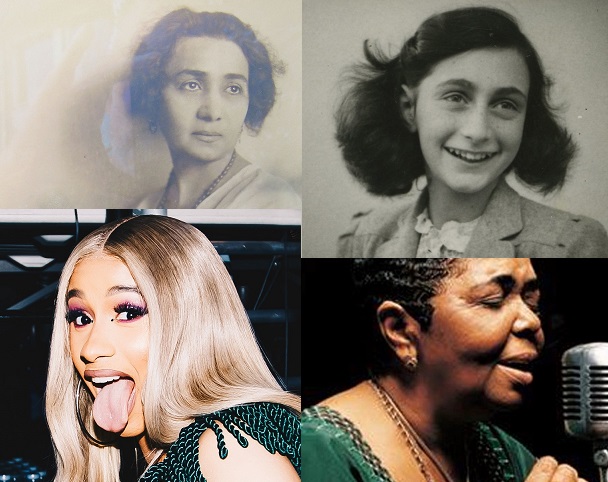
There is no historical or geographical limit on what can be covered. There is no restriction on the style or genre of song or singing.
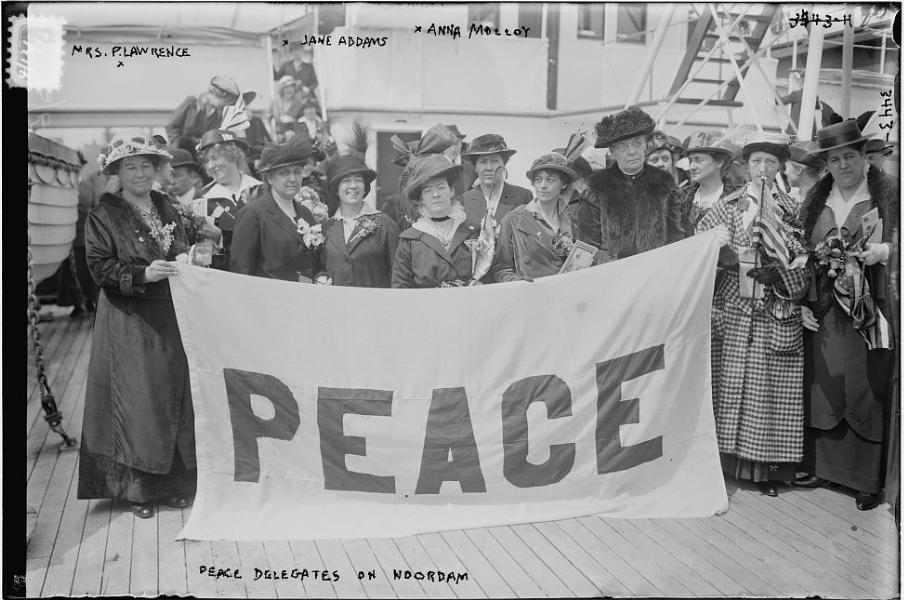


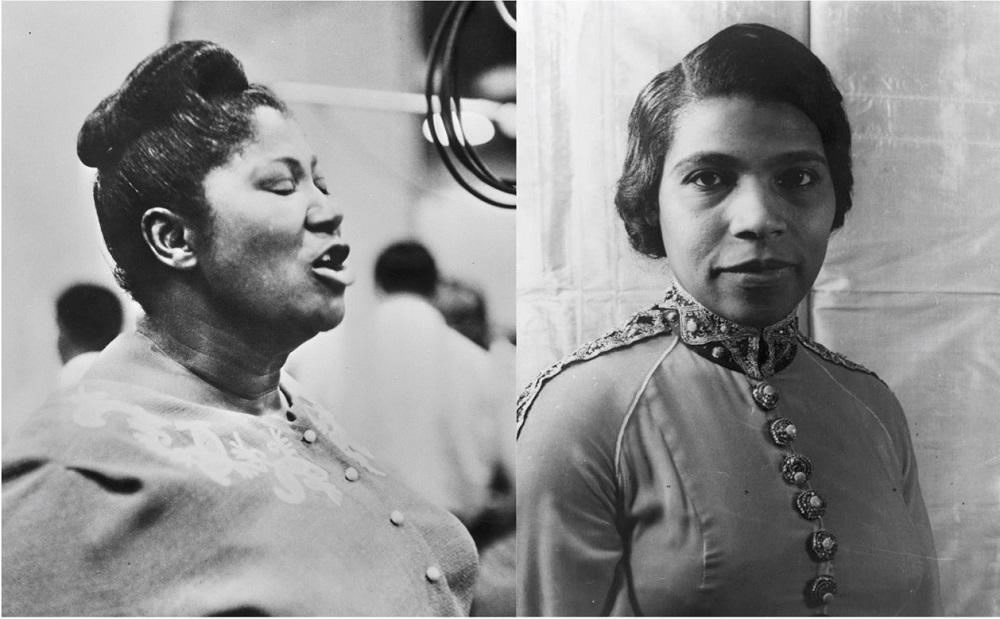
This month Stephen Rodgers is guest host for Thomas Hampson’s weekly program, Song and Beyond. Here are two conversations with members of the WSF team.

In this post Verica Grmusa, Nicole Panizza, and Stephen Rodgers bring to life an unpublished Hensel song from 1826, and reflect on the meaning of domestic spaces then and now.

When I first encountered Frances-Hoad’s cycle “One Life Stand,” my relationship to Schumann’s “Frauenliebe und Leben” was altered forever. This audioblog explains why.
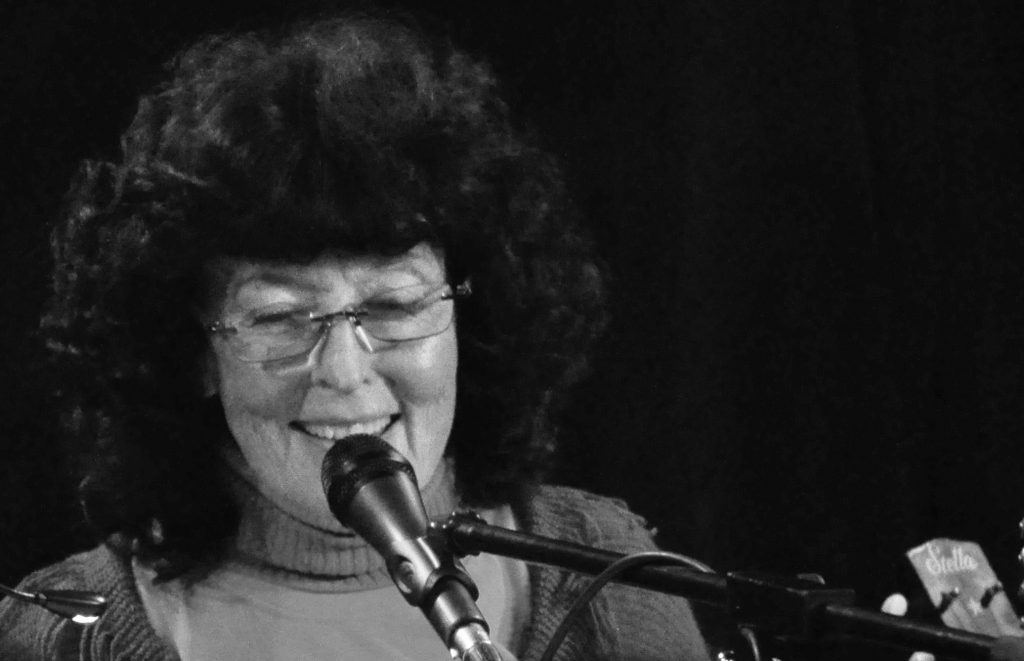
Women’s singing, in extremis, has frequently been associated with the non-verbal. Linda Perhacs’s “Parallelograms” (1970) is an example that is grounded in words.

Katherine Vaz extols the slow steady pulled-from-the-deep sounds of Amália Rodrigues, Césaria Évora and other fado singers.

A century ago, Mary Turner Salter’s cathartic song about the death of a child was sung by female singers nationwide. It spoke to women’s experiences.
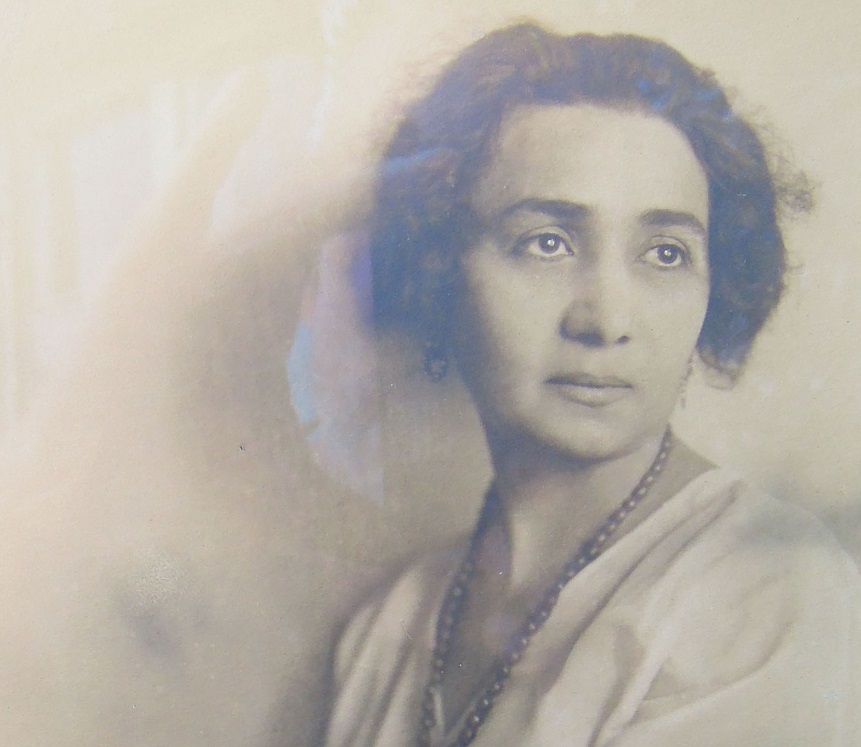
As expressions of motherly love and the pain of mothers who lose their children crossing ethnic, national and religious boundaries, these songs remain universal.
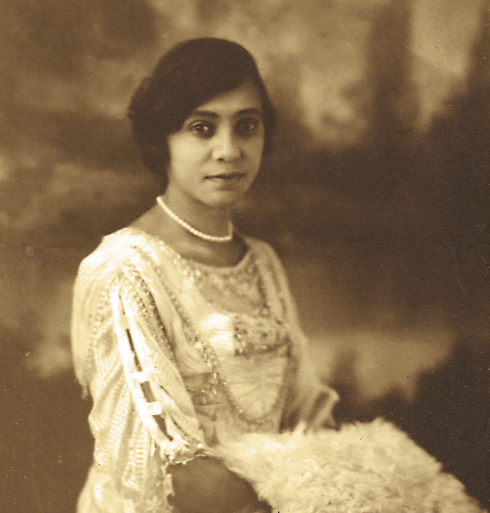
This audio blog post discusses Julia Johnson Davis’s poem “To My Little Son” and Florence Price’s deeply personal musical setting of it.

John Michael Cooper celebrates the publication of Margaret Bonds’s settings of poems by Edna St. Vincent Millay